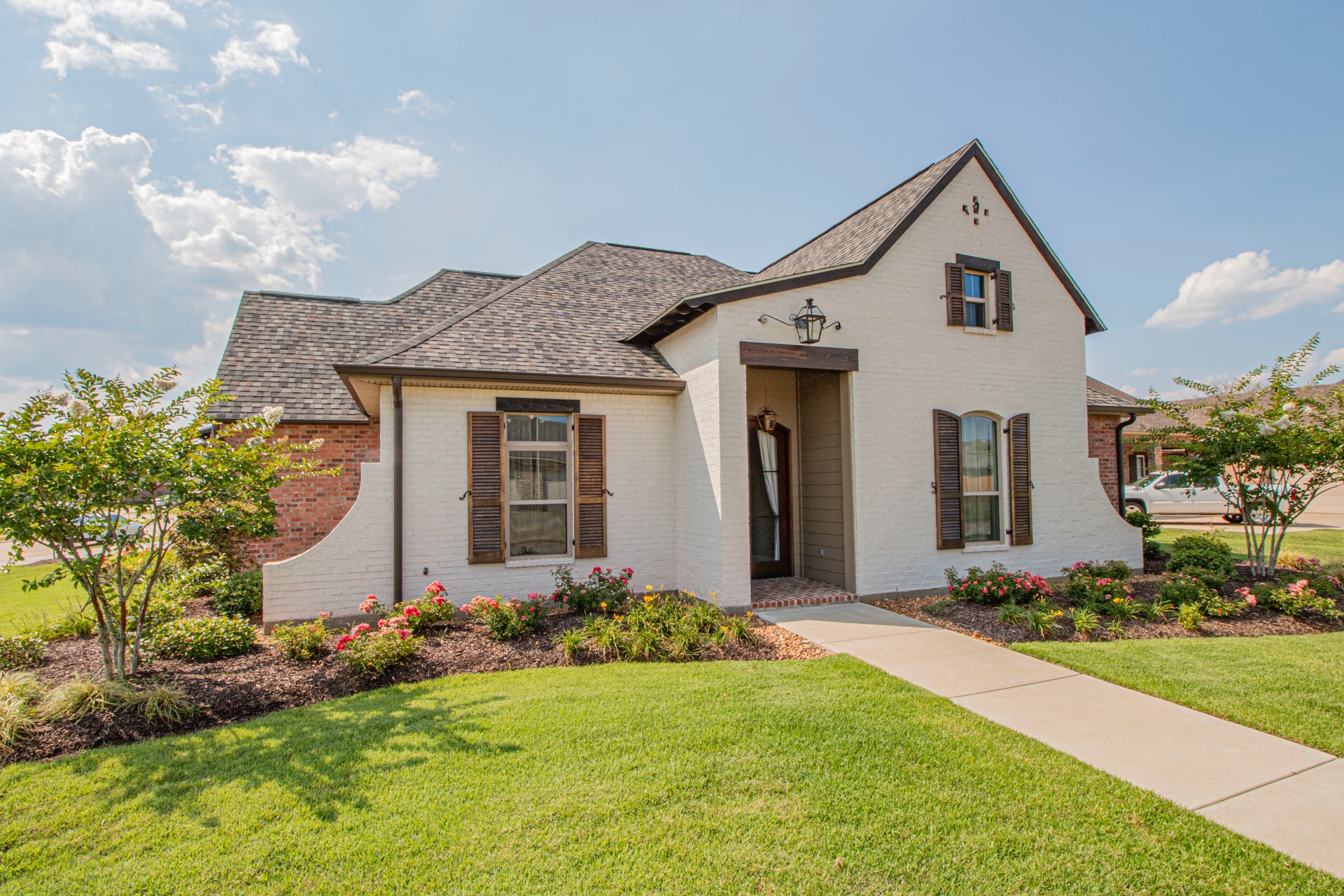Are you in the market for a new home that needs improvements? If you want to roll the purchase price and cost of repairs into a single loan product, an FHA 203(k) or Rehab Loan could be a viable option. You’ll learn how it works in this guide and an alternative that may be more suitable.
What is a Rehab Loan or FHA 203(k) Loan?
An FHA 203(k) lets you roll the purchase price and renovation costs into a single mortgage product. It’s backed by the Federal Housing Administration (FHA) and caters to borrowers with lower incomes, credit scores or both. However, the loan proceeds must be used towards a home that will serve as your primary residence.
You’ll need a down payment of 3.5 percent of the loan amount (or 10 percent if your credit score is below 580). The interest rate can either be fixed or adjustable, and you’ll get a 15 or 30 loan term.
If you’re approved for an FHA 203(k) Loan, you can borrow up to 96.5 percent of the property’s after-renovation value – this amount is limited to the FHA loan limit in your area of residence. It’s capped at $420,680 in most counties, although high-cost areas have loan limits as high as $970,800.
Borrowers must also maintain a contingency reserve between 10 and 20 percent to cover any project-related expenses that aren’t included in the original budget. Again, you’ll have the option to use your own funds or roll this amount into the loan.
How Does a Rehab Loan Work?
Here’s a step-by-step breakdown of what to expect if you take out an FHA 203(k) Rehab Loan:
- Step 1: Search for a home that needs improvements and fits your needs and budget. You can also choose to use an FHA 203(k) Rehab Loan to refinance and renovate the property you currently live in.
- Step 2: Once you’ve found the perfect home, search for lenders who offer FHA 203(k) loans. Compare your options to select the best lender for you, and submit a formal application. If you’re eligible for financing, the lender will issue a pre-approval based on the property’s purchase price, renovation costs and contingency reserves if you plan to roll them into the loan.
- Step 3: Work with a general contractor to secure an in-depth bid for the applicable renovation. You’ll need to provide a copy of the bid to the lender for review.
- Step 4: A licensed professional appraiser will conduct an appraisal of the property to gauge its current market value and projected worth following the renovation.
- Step 5: The appraisal and bid for the project are forwarded to the underwriter for review.
- Step 6: The loan is cleared to close, assuming all contingencies are met.
- Step 7: Following the closing, the home seller receives a portion of the proceeds (or your current lender if you’re refinancing). The remaining balance for renovations is deposited into an escrow account.
- Step 8: Complete the desired renovations on the property. The project must start within 30 days of the loan closing and be completed within six months. Be mindful that contractor payments are made in increments per the agreed-upon schedule outlined in the bid.
Types of Rehab Loans
- Standard 203k Renovation Loans are what’s covered in this guide.
- Limited: There are also Limited 203k Renovations Loans that are ideal for homes that require minimal improvements or repairs, generally up to $35,000. It’s not necessary to appoint a HUD consultant for these loan products.
How to Qualify for a Rehab Loan
Before you apply for an FHA 203k renovation loan, you should be aware of the qualification criteria:
- A minimum credit score of 580
- A down payment of at least 3.5 percent (or 10 percent if your credit score is between 500 and 579)
- A debt-to-income ratio of 50 percent or less
Be mindful that some lenders have overlays or more stringent eligibility requirements.
Advantages of a Rehab Loan
- More lax qualification criteria than conventional loan products
- The loan can be used to purchase and renovate a fixer-upper or refinance your existing mortgage
- Low down payment requirement
- Lower credit scores permitted
Disadvantages of a Rehab Loan
- Requires oversight by a HUD consultant for loans exceeding $35,000
- Draws and inspections required
- Mortgage insurance is required for the life of the loan
- Limited amount of time to complete renovations
- Not all upgrades are allowed







